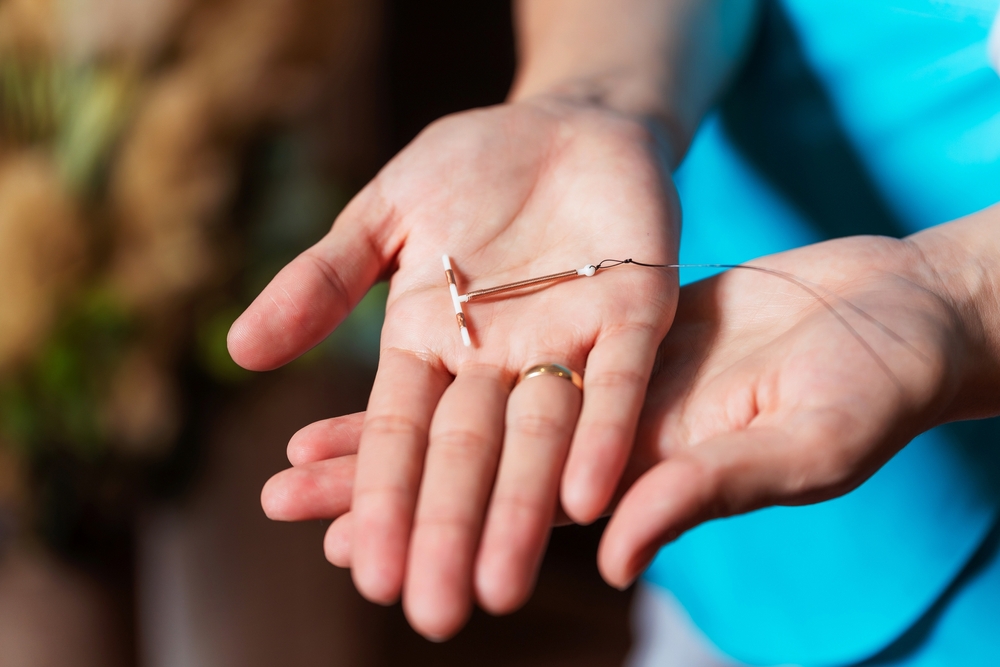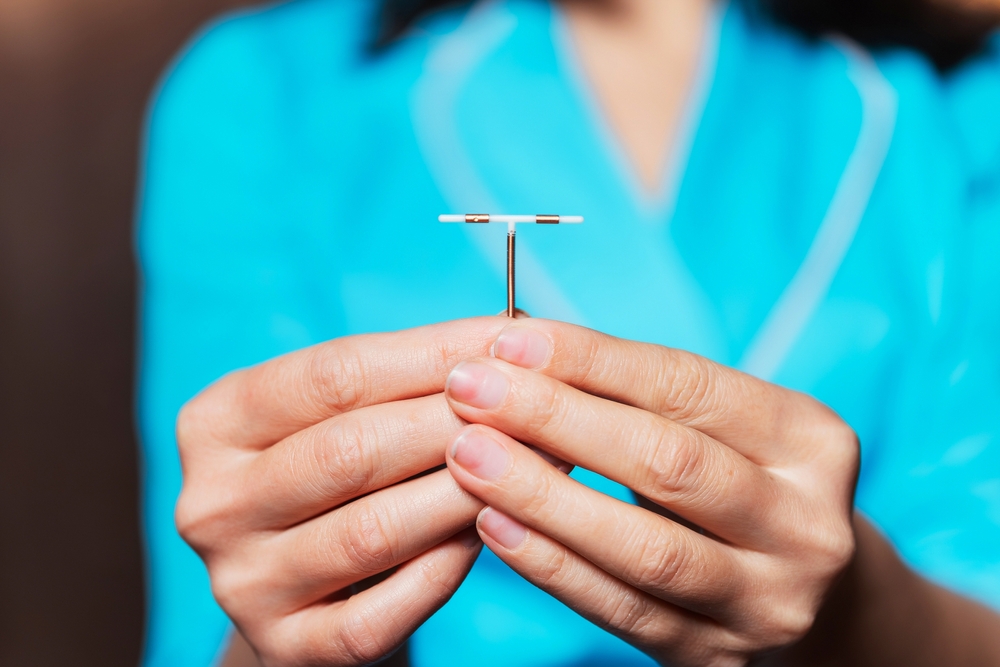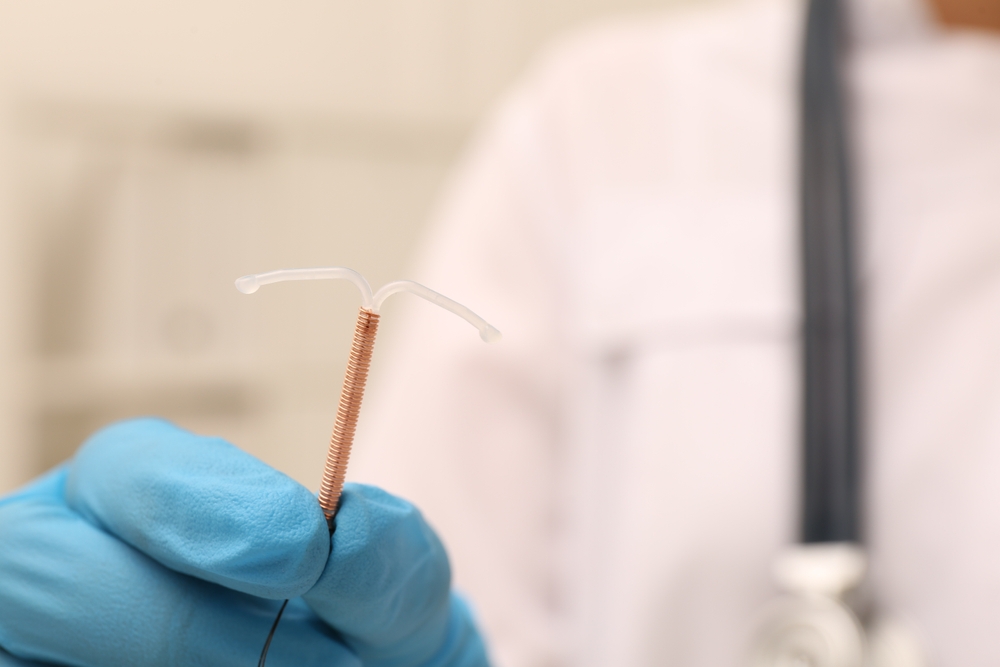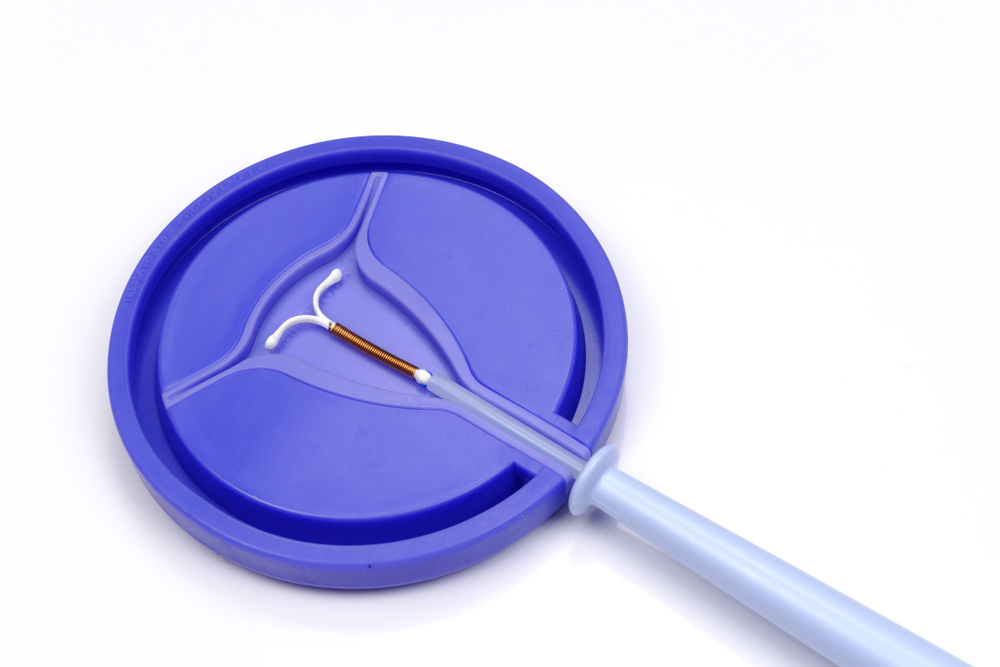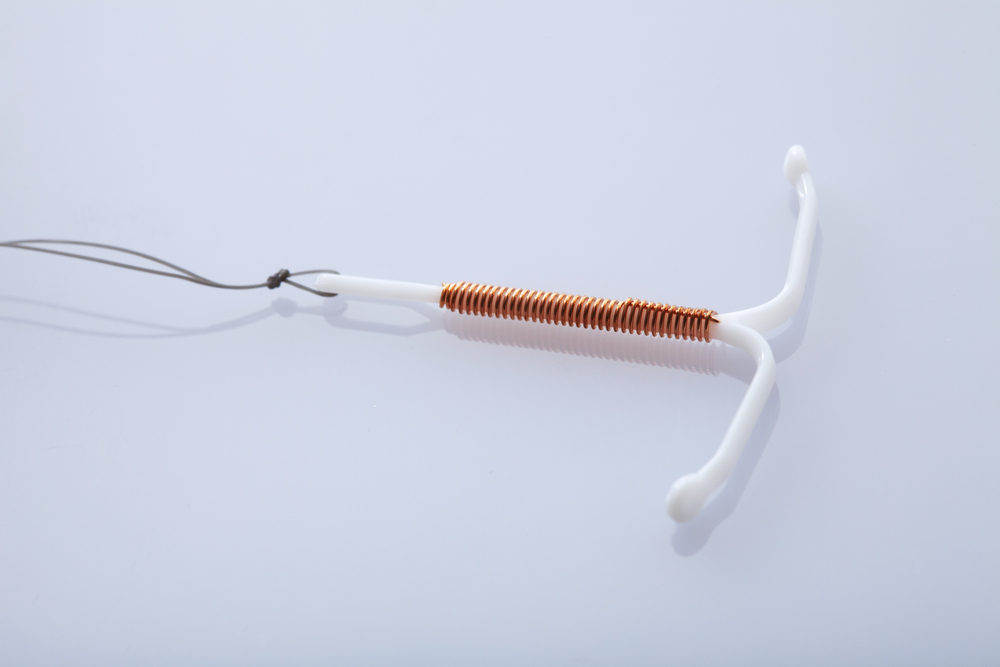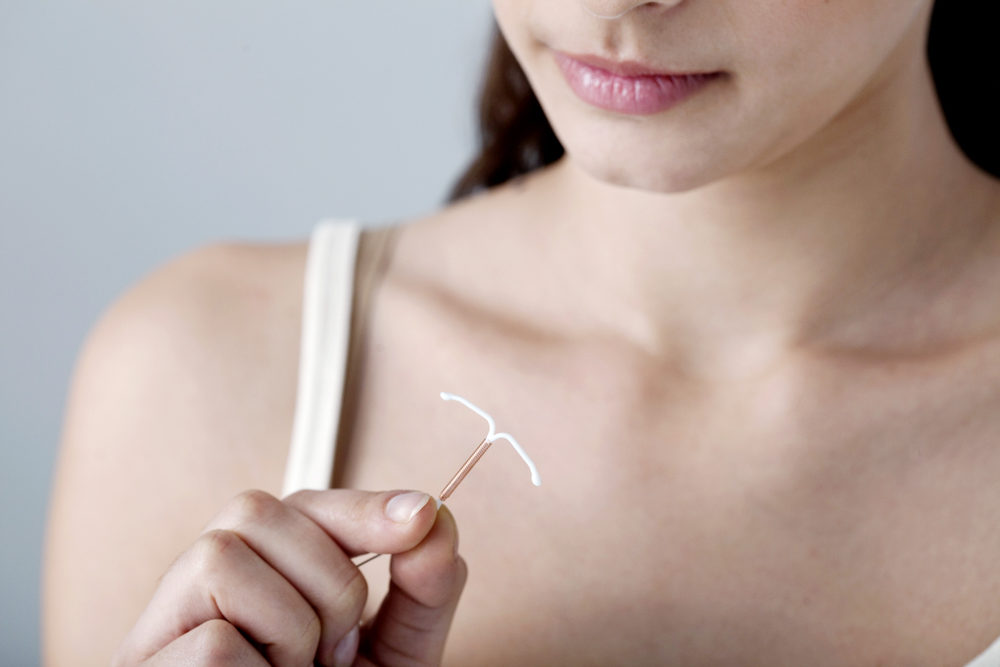Understanding the Paragard IUD Removal Process
Modern medicine has transformed birth control into a way for women to have power over their own choices. More than a dozen options are available, from a daily pill or patch to a monthly injection to a tiny implant in the upper arm. One of the most popular “set-it-and-forget-it” birth control forms is intrauterine devices or IUDs. A woman gets a small T-shaped device inserted into her uterus through her cervix by a healthcare provider, and she can stop worrying about birth control for 3-10 years, depending on which device she selects. Easy, right?
Not always.

Paragard, the original IUD, is a non-hormonal form of birth control made with copper. It was introduced more than 30 years ago and revolutionized female contraception. And while complications are very rare, they do occur. In fact, the Food and Drug Administration (FDA) has received over 17,000 reports of serious injuries from the Paragard IUD since 2010.
The good news is that women are fighting back. Thousands have filed lawsuits against Paragard’s current and previous manufacturers, including Teva and CooperSurgical, alleging that the companies purposely did not disclose any of the device’s risks to physicians and patients.
And whether or not they cause an issue, IUDs have to come out sooner or later. They must be removed at the end of their lifespan. You may also choose to stop contraception altogether or try a different method, want to get pregnant, or discontinue use at your doctor’s recommendation. Let’s learn more about the Paragard IUD, what to expect in the removal process, and your options if you are injured.
Benefits and Risks of Paragard IUD
IUDs have the highest rate of protection from a pregnancy of any birth control – 99 percent. And the non-hormonal Paragard device is an attractive choice for women concerned about side effects and hormone levels. The one-time cost of an IUD ($500-$1300) is much more affordable than paying up to $50 a month without insurance for oral birth control. Finally, Paragard lasts for 10-12 years, and that’s a long time without worrying about taking a daily pill. When it functions correctly, it’s easy to see why Paragard has been popular for decades.
But as we’ve learned, it also carries a risk of several possible complications. The device can be expelled by the uterus, become embedded (stuck) in the uterus, or even perforate it, meaning it becomes loose somewhere in the body. It can become dislodged from its proper placement and cause unwanted pregnancy. It can break apart into pieces, especially while it’s being removed. The FDA has reported over 3,000 cases of breakage since 2013, and nearly 2,000 of those were serious.
Any of these occurrences can lead to menstrual problems, pelvic inflammatory disease and even infertility – excruciatingly painful and debilitating conditions with long-lasting mental and physical health consequences. Often they will require emergency surgery, medication and missing days or weeks of work.
After five years, Anna Speaks, who was always very careful about what she put in her body, decided to remove her Paragard device. Nobody had warned her that breakage was a possibility. One of the T-shaped arms of her device broke off and stayed inside her, which required invasive surgery to retrieve. She is one of the many women seeking legal recourse after the traumatic event.
Removing the Paragard IUD: Process and Risks
Having your Paragard device removed is usually a quick non-surgical process, done in your doctor’s office in ten minutes or less. Many women get a new IUD inserted at the same time they get the old one removed.
The procedure usually happens in the following steps:
- Your doctor will determine the position of your uterus and use a speculum to open your vaginal walls
- They will locate the strings on the bottom of your IUD (designed to make removal easier) and use forceps to pull them down slowly
- The device’s T-shaped arms will fold up and together as it slides out through your cervix
And that’s it. Removal is generally not nearly as painful as insertion can be for many patients. The risk of something going wrong is incredibly low; one study found that breakage during removal is only found in 1-2 percent of cases.
That same study, on a woman who was forced into a hysterectomy when hers did break, concluded that doctors and patients need to discuss the “risk of fracture” more. This lack of transparency is what Paragard’s manufacturers are on trial for.
Sometimes, your provider may not be able to find the strings on your IUD. They will typically use ultrasound or sonogram to locate them depending on whether or not they have been pushed up into the uterus and may have to utilize other tools to get it out safely. In very rare cases, the IUD might get stuck in the uterine wall, and your doctor may need to dilate your cervix and use forceps to remove it forcibly.
While the risk of experiencing problems with your IUD removal is low, it’s important to have some knowledge of the current litigation and know your options if you do.
Should You File a Paragard Lawsuit?
In 2019, CooperSurgical updated the label on the Paragard box to include a small warning after a steadily-increasing number of breakage reports and a warning from the FDA that they needed to document the risk. It simply said, “Breakage of an embedded Paragard during non-surgical removal has been reported.” Similar verbiage was added under “Important Safety Information” on the Paragard website. But as it turns out, the manufacturer isn’t legally required to notify Paragard users of the change, and a lot of patients never even see the label since they have the device placed in their doctor’s office.
More than 500 cases against Paragard brought by injured women were consolidated last year into multidistrict litigation (MDL) in the Northern District of Georgia. A panel of federal and circuit court judges often rules that many cases from different districts alleging the same thing – such as product liability lawsuits like the ones against Paragard – be combined into MDL during pretrial proceedings to save time and money on individual lawsuits.
If the Paragard IUD has injured you or someone you know, there is a good chance there are grounds to bring legal action. If you’re going to attempt this, the first thing to do is speak to your doctor and figure out a treatment plan. Then, seek out an experienced product liability attorney, ideally one who is already involved in Paragard lawsuits and can help guide you through the process. Most importantly, document everything you can that might serve as proof that you weren’t adequately warned of the IUD’s risks.











